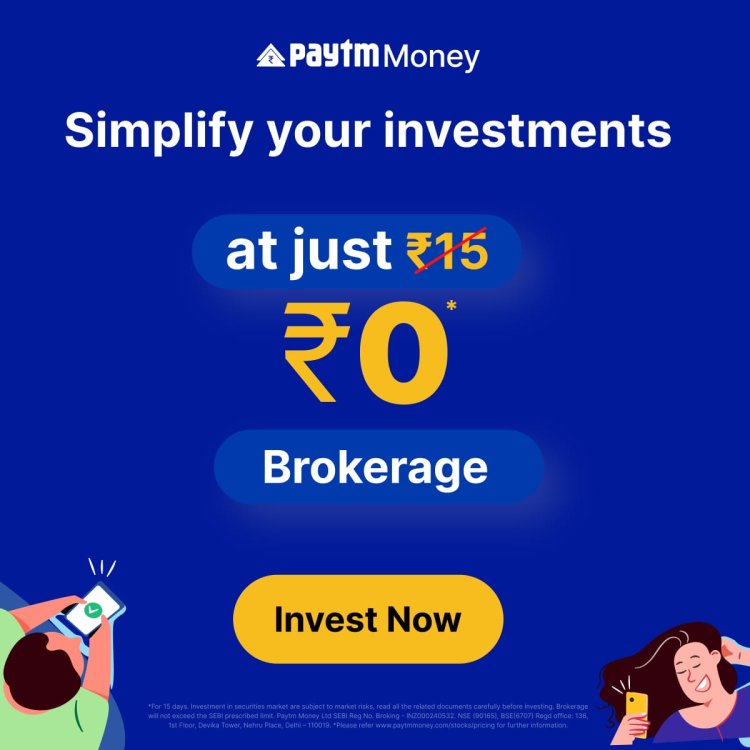According to executives, some of the world’s largest advertisers, including food giant Nestle and consumer goods multinational Unilever, are experimenting with deploying generative AI technologies like ChatGPT and DALL-E to decrease costs and enhance productivity.
However, many businesses are still concerned about security and copyright threats, as well as the perils of unintentional biases encoded into the raw data feeding the programme, implying that humans will remain a part of the process for the foreseeable future.
Generative artificial intelligence (AI), which can generate material based on previous data, has become a buzzword in the last year, grabbing the public’s imagination and driving interest across a wide range of businesses.
Marketing teams are hoping that it will lead to cheaper, faster, and nearly endless ways to sell items.
According to executives at two prominent consumer goods businesses and the world’s largest marketing agency, investment is already ramping up amid anticipation that AI could forever change the way advertisers bring products to market.
“The savings could be ten to twenty times,” Read remarked in an interview. “Rather than flying a film crew down to Africa to shoot a commercial, we’ve created that virtually.”
In India, WPP collaborated with Mondelez on an AI-powered Cadbury campaign starring Bollywood superstar Shah Rukh Khan, creating advertisements that ‘featured’ the actor inviting passers-by to shop at 2,000 local retailers during Diwali.
A microsite was used by small companies to create copies of advertisements highlighting their own store that could be shared on social media and other channels. According to WPP, 130,000 ads featuring 2,000 stores were made and had 94 million views on YouTube and Facebook.
ALSO READ : Facts About Fiction | Thought those robot videos are real? Here’s how you can identify CGI videos
WPP has “20 young people in their early twenties who are AI apprentices” in London, according to Read, and has teamed with the University of Oxford on marketing-future courses. According to WPP’s website, the “AI for business” diploma provides data and AI training for client leaders, practitioners, and WPP executives.
The team reports to AI expert Daniel Hulme, who was named WPP’s chief AI officer two years ago.
“It’s much easier to think about all the jobs that will be disrupted than it is to think about all the jobs that will be created,” Read says.
Nestle is also exploring methods to use ChatGPT 4.0 and Dall-E 2 to help sell its products, according to Aude Gandon, the company’s Global Chief Marketing Officer and a former Google executive, in an emailed statement.
“The engine is answering campaign briefs with great ideas and inspiration that are fully on brand and on strategy,” Gandon said.
“The ideas are then further developed by the creative team to ultimately become content that will be produced, for example, for our websites.”
While lawmakers and philosophers dispute whether content generated by generative AI models resembles human ingenuity, advertisers have already begun to use the technology in their commercial campaigns.
On September 8, 2022, the Dutch gallery Rijksmuseum’s research team became viral online after employing X-Ray to discover additional things buried in the oil painting ‘The Milkmaid’ by Baroque artist Johannes Vermeer.
In a public YouTube ad for Nestle’s La Laitière — or Milkmaid — yoghurt and dairy brand, WPP used OpenAI’s generating system DALL-E 2 to “reveal” its own imagined images beyond the confines of the painting’s frame less than 24 hours later.
Nestle’s rendition of The Milkmaid film garnered 700,000 euros ($766,010) in “media value” for the Swiss food company after nearly 1,000 versions. The cost of advertising required to achieve the same level of public exposure is referred to as media value.
WPP claimed that the content was free to create. The Rijksmuseum, according to a spokeswoman, has an open data policy for non-copyrighted photographs, which means that anyone can use its images.
Nestle is not alone in its research.
Unilever, which controls over 400 brands such as Dove soap and Ben & Jerry’s ice cream, claims to have its own generative AI engine that can produce product descriptions for retailers’ websites and digital commerce platforms.
On Amazon.co.uk, the company’s TRESemmé haircare brand employed its AI content generator for textual material and its automation tool for graphic content.
However, Unilever is concerned about copyright, intellectual property, privacy, and data, according to Aaron Rajan, Unilever’s global vice president of Go To Market Technology.
The corporation seeks to avoid repeating human biases, such as racial or gender preconceptions, that may be inherent in the data it processes.
“It’s critical to ensure that when you type in certain terms, these models return an unstereotyped view of the world,” he said.
Nestle’s Gandon told Reuters that the corporation was “keeping security and privacy top-of-mind.”





